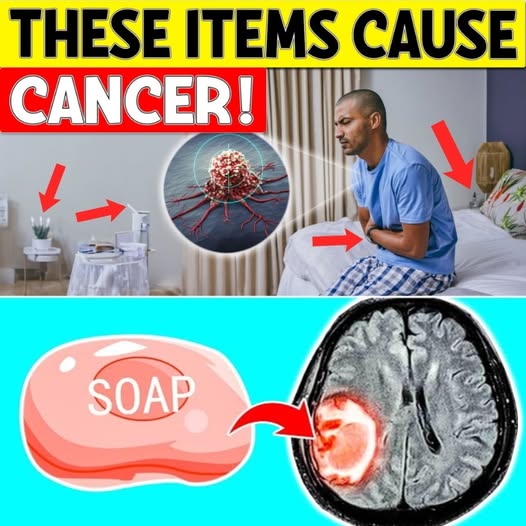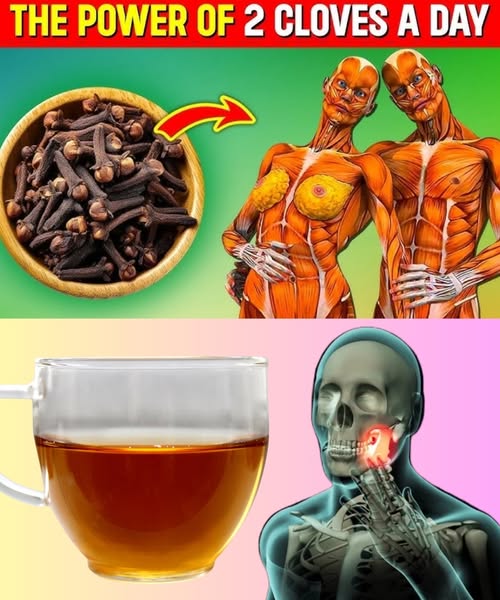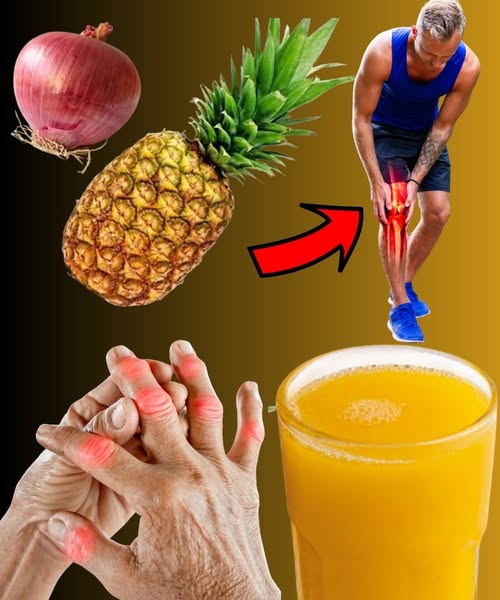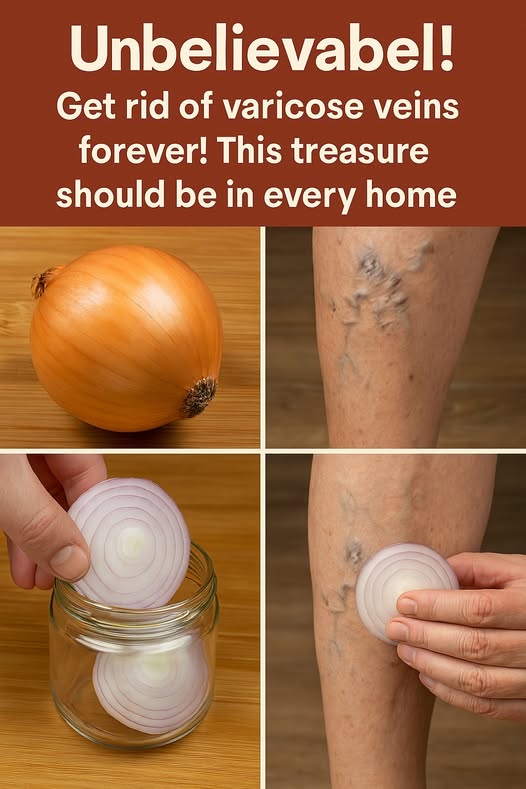Introduction: The Hidden Dangers Lurking in Your Home

When you think about cancer risk, you probably imagine cigarettes, polluted air, or excessive sun exposure. But what if I told you that some of the most seemingly harmless items in your home could be silently increasing your cancer risk?
It sounds sensational—but it’s real. Science increasingly shows us that everyday products—from cozy air fresheners to comfy sofas—can contain carcinogens or endocrine disruptors that elevate cancer risk over time.
Why should you care? Because awareness is your first line of defense. By learning what to watch out for and how to reduce your exposure, you can make safer, more informed choices for yourself and your family.
In this comprehensive, research-backed guide, we’ll uncover 10 surprising household items that may raise your cancer risk. We’ll explore the science behind the claims, actionable steps to reduce exposure, and answers to frequently asked questions.
Get ready—it’s time to look at your home with fresh eyes.
1️⃣ Air Fresheners: The Sweet Scent with a Hidden Cost
Air fresheners seem harmless, even pleasant. But many contain volatile organic compounds (VOCs) such as formaldehyde and benzene—both classified as known or probable carcinogens by the International Agency for Research on Cancer (IARC).
- Statistics: The U.S. Environmental Protection Agency (EPA) has found that indoor VOC concentrations can be up to 10 times higher than outdoor levels.
- Key chemicals: Phthalates (linked to endocrine disruption), formaldehyde, benzene.
✅ Actionable tip: Opt for natural ventilation, essential oils (sparingly), or baking soda to neutralize odors.
Science-backed fact: A 2007 study by the Natural Resources Defense Council (NRDC) detected phthalates in 12 out of 14 popular air fresheners—even those labeled “all-natural.”
2️⃣ Non-Stick Cookware: Convenience with a Cancer Warning
Non-stick pans are prized for easy cleanup, but many are coated with polytetrafluoroethylene (PTFE, aka Teflon). When overheated, they can release toxic fumes. Older versions often contained perfluorooctanoic acid (PFOA), a probable human carcinogen.
- Fact: PFOA has been phased out in many countries but remains in older pans or unregulated imports.
- Health risk: Linked to kidney and testicular cancers in humans.
✅ Solution: Choose stainless steel, cast iron, or modern ceramic-coated alternatives certified PFOA-free.
3️⃣ Plastic Food Containers: The BPA and Phthalate Problem
We use them daily—but many plastics contain Bisphenol A (BPA) or phthalates. BPA mimics estrogen in the body and is an endocrine disruptor linked to breast and prostate cancer risk.
- Statistics: A 2016 study found detectable BPA in 93% of urine samples in the U.S. population.
- Heat hazard: Microwaving plastic can increase leaching.
✅ Actionable tip: Store food in glass, stainless steel, or BPA-free containers. Avoid heating plastic.
4️⃣ Flame Retardant Furniture: A Toxic Legacy
Many sofas, mattresses, and upholstered items contain flame retardants like PBDEs (polybrominated diphenyl ethers), linked to cancer and hormone disruption.
- Science: PBDEs accumulate in dust, which we inhale or ingest.
- Warning: Even newer “green” furniture may use alternative flame retardants with limited safety data.
✅ Actionable tip: Vacuum with a HEPA filter, wash hands before meals, and choose certified flame-retardant-free furniture when possible.
5️⃣ Cleaning Products: The Illusion of Clean
Some cleaning products contain formaldehyde, ammonia, chlorine, and other VOCs that can increase cancer risk with chronic exposure.
- Data: A 2018 study in The Lancet linked long-term cleaning chemical exposure to lung damage equivalent to smoking 20 cigarettes a day.
- Carcinogens: Formaldehyde is a known human carcinogen.
✅ Solution: Use vinegar, baking soda, or certified non-toxic cleaners.
6️⃣ Talcum Powder: Innocent Dust, Deadly Link
Talcum powder has faced lawsuits over claims it may cause ovarian cancer when used in the genital area. While the science is debated, many talc products historically contained asbestos, a known carcinogen.
- Warning: Even cosmetic-grade talc can pose inhalation risks.
✅ Alternative: Choose cornstarch-based powders or go talc-free.
7️⃣ Scented Candles: Cozy Ambiance with a Cancer Concern
Scented candles can emit benzene, toluene, and formaldehyde when burned, especially those made from paraffin wax.
- Statistics: A 2001 study found paraffin candles emit measurable carcinogenic chemicals during normal use.
- Problem: Synthetic fragrances can also contain phthalates.
✅ Solution: Choose unscented beeswax or soy candles with cotton wicks.
8️⃣ Processed Foods: Not Just a Diet Problem
It’s easy to forget that diet is part of your household environment. Many processed foods contain preservatives, colorants, and nitrates that have been linked to cancer.
- Fact: The World Health Organization (WHO) classifies processed meats as Group 1 carcinogens, alongside tobacco.
- Mechanism: Nitrites convert to carcinogenic nitrosamines during cooking.
✅ Actionable tip: Eat more whole, fresh foods. Check labels for nitrites, BHA, and BHT.
9️⃣ Pesticides: Garden Helpers with a Dangerous Side
Many household and garden pesticides contain ingredients linked to cancer, including glyphosate and organophosphates.
- Evidence: IARC classifies glyphosate as “probably carcinogenic to humans.”
- Exposure: Can linger in air, dust, and surfaces.
✅ Solution: Use organic gardening methods or integrated pest management (IPM). Store chemicals securely and dispose responsibly.
10️⃣ Personal Care Products: The Beauty Trap
Shampoos, lotions, and cosmetics often contain formaldehyde-releasing preservatives, parabens, and phthalates.
- Science: Parabens mimic estrogen and are detected in breast tumors. Phthalates disrupt hormones.
- Regulation gap: The U.S. FDA doesn’t require pre-market safety testing for cosmetics.
✅ Actionable tip: Choose fragrance-free, paraben-free, phthalate-free products. Look for transparent ingredient lists.
🔎 Frequently Asked Questions (FAQs)
Q1: Are these items guaranteed to cause cancer?
No single exposure guarantees cancer. Risk depends on dose, duration, genetics, and overall lifestyle. But reducing cumulative exposure can meaningfully lower lifetime risk.
Q2: Why aren’t these items banned?
Many chemicals are regulated, but some remain legal due to industry lobbying, lack of conclusive human trials, or regulatory gaps. Policies often lag behind emerging science.
Q3: How can I reduce my family’s risk?
- Choose products labeled BPA-free, paraben-free, phthalate-free.
- Improve ventilation.
- Vacuum with HEPA filters.
- Buy organic produce to reduce pesticide residues.
- Avoid heating food in plastic.
- Favor fresh over processed foods.
Q4: Is everything dangerous?
No—but being informed lets you choose safer alternatives without panic.
📈 The Business Case for Awareness: Protecting Health and Cutting Costs
Beyond personal health, there’s a compelling business and societal argument:
✅ Healthcare costs: Cancer is one of the most expensive diseases to treat. Reducing exposure can lower public health costs.
✅ Product liability: Companies face mounting lawsuits for failing to disclose risks.
✅ Consumer demand: Safer, sustainable products are a growing market. Transparency builds trust.
Businesses can lead by investing in non-toxic product development and clear labeling—a competitive advantage in an increasingly health-conscious world.
💡 Conclusion: Take Charge of Your Health Today
Cancer risk isn’t just about bad genes or bad luck. It’s also about our environment—and our choices.
These 10 everyday items don’t look dangerous at first glance. But scientific evidence shows they can contribute to cancer risk through repeated, long-term exposure.
The good news? You have the power to reduce your risk. Small changes—like swapping out non-stick pans, choosing safer cleaning products, and improving ventilation—can add up to meaningful protection over time.
👉 Don’t wait. Take stock of your home today. Make informed, safer choices for yourself, your family, and even your customers if you’re in business.
Because when it comes to cancer, prevention is the best cure.


